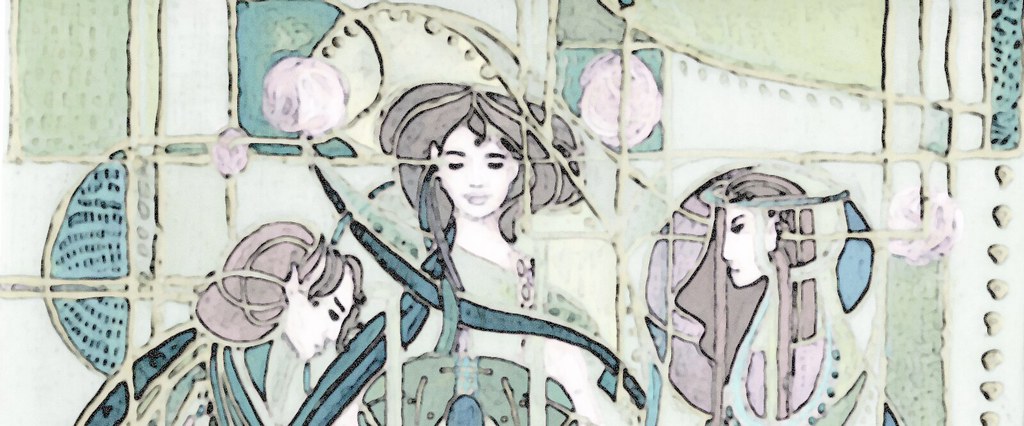Some people have asked me about my work in natural dyes. It seems like so much work, they ask, why even bother? Wouldn't it just be easier to just use acid or procion powders, as well as more predictable and safer?
Well yeah actually it would. But though I also work with synthetics, natural dyes have something that the ease of the synthetic can not replace. Some I am sure work in natural dyes because they like to play chemist, but for most of us I think it is because the colour of a natural dye is simply beautiful in a way that can't be mimicked in a synthetic.
I have read many impassioned arguments for the superior beauty of natural colour from it's advocates which is met with confusion and lost on those who don't work in the media. I know enough people who see no difference in the blue of indigo and the indigo blue of a synthetic, yet to me they are clearly not the same colour. So I have begun to think that maybe those who work in natural dyes (or with natural pigments) actually see colour differently than other people. Perhaps we see more colours or distinguish them better?
What we are seeing can be put under the umbrella of what is called abrash (one of many spellings) in the rug trade. All natural dyes, no matter how carefully one may dye them, have abrash-that is variation in hue, chroma and value from dyelot to dyelot or even in the same dyelot. It can be quite noticeable or at times can be very subtle, however it is always present in a naturally dyed item. Even one that at first glance appears to be a single colour always upon closer inspection is comprised of many other colours making it sparkle like facets do for a gemstone.
I think this may be the reason we prefer natural pigment, abrash makes for a richly diverse and luminous colour, a colour that obviously contains other colours. The cold sea of uniformity that is common to the chemically uniform synthetic dye is dreadfully austere and boring. All unity, no diversity. One must take specific steps to try and artificially achieve Abrash-which some actually do (okay okay some is me. I always tinker with the dyes and synthetic dyes gone bad are some of my favorites...) but it is never as beautiful. However this isn't as plain to everyone as it is to those of us who love it.
One might say natural media reflects the trinity, heh. Of course it shouldn't surprise that creations do reflect their creator. A synthetic dye is so singular and homogenous like the men that developed it. A natural dye experiences a little bit of perichoresis of it's own. And of course even though it is beautiful in it's complexity, it isn't always apparent or appreciated by those who don't want to see it.
Everything can be related to theology some way or another.

6 comments:
ABRASH! I have never heard this word before but I love it. It applies to just about everything since all things are made up of many other things and nothing is really simple. Thanks for the vocabulary lesson.
And yes, I would love some mail
1 I didn't see the offer until today.
everything can be related to theology...
I wish more people knew that...
Personally I'm pretty persuaded that you like to play chemist. ;)
Char,
Very interesting post. However, as a colorblind person I am offended. Well, not really offended. I'm jealous. I wish I could see everything the way you see it.
Fortunately for me I do see many of the colors that exist. I couldn't imagine seeing totally in shades of gray like a cousin of mine does.
I am totally tweaking your nose. Did I send the last email or did you? I figured you were out working this weekend or something, but it equally wouldn't surprise me if I simply forgot that it was my turn.
I have musician friends who, for certain types of music, will only record on magnetic tape. They will only use ribbon microphones (those huge, heavy old-fashion ones you see in movies about old radio shows).
The movie, "The Red Violin" had a subplot about the importance of the varnish on the sound of the wood. I know luthiers who have an emotional attachment to certain kinds of wood, and certain pieces of wood.
Sort of the same thing, I guess.
Well I would say that some types of music sound best on record.
It's been awhile since I saw the Red Violin. If I recall the varnish was coloured with blood (just to be a stickler it wouldn't actually be red if so). That was a great film, thanks for reminding me of it James.
Post a Comment